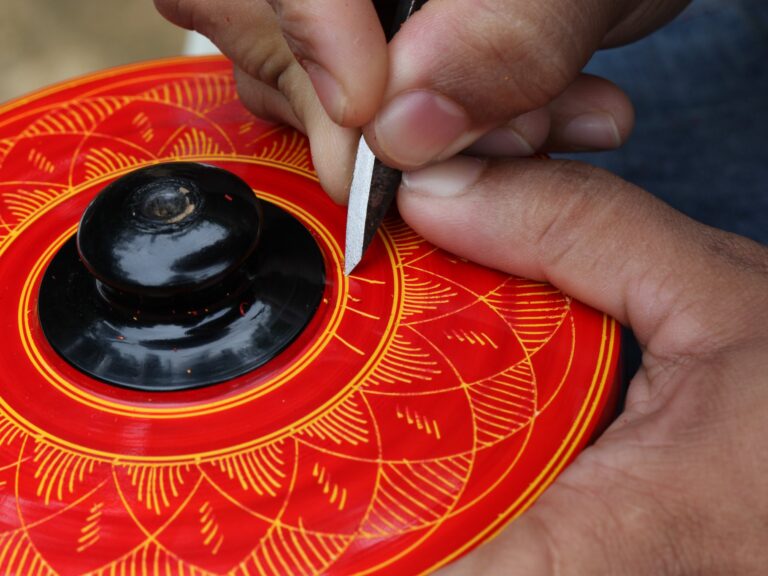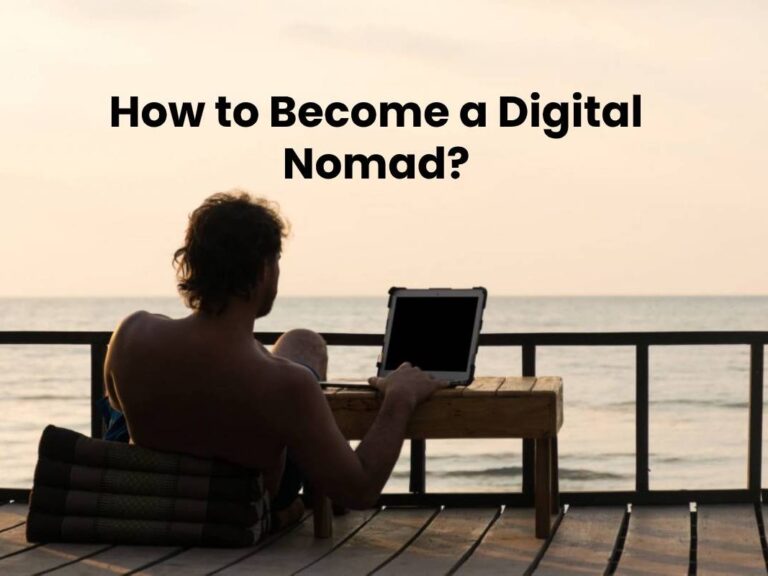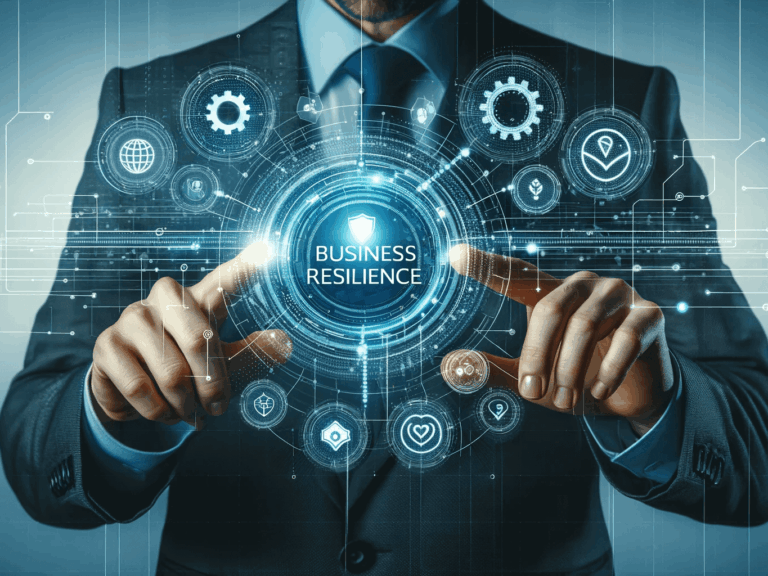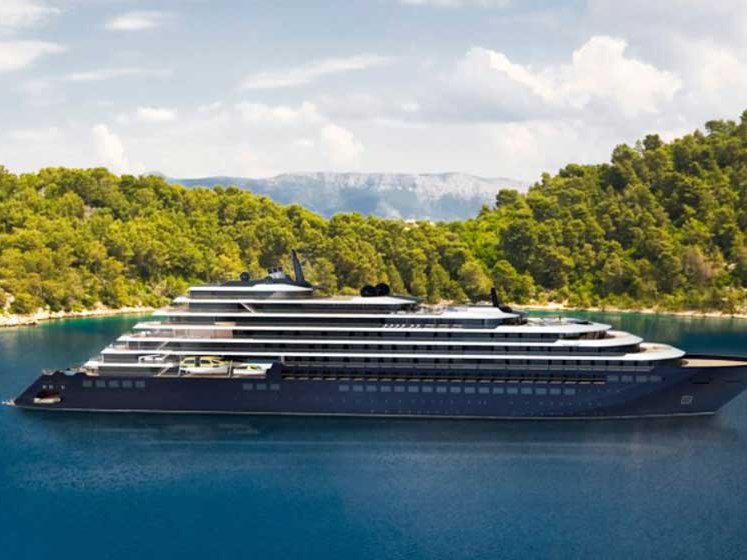Kandy’s Living Heritage Holograms: A New Vision for Sustainable Tourism and Crowd Dispersion
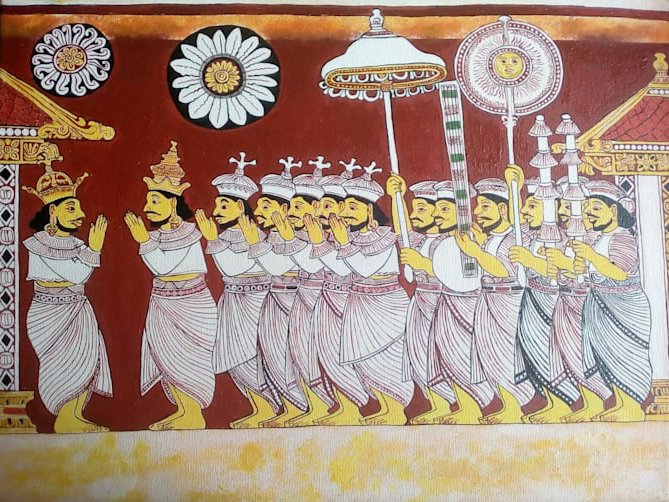
Introduction: Overtourism and the Fragile Balance of Heritage
Tourism is often described as a double-edged sword. For heritage-rich countries like Sri Lanka, it brings foreign exchange, employment, and global visibility. Yet, unregulated flows of tourists threaten the very cultural treasures that attract them. Nowhere is this paradox clearer than in Kandy—the island’s spiritual and cultural capital, home to the Temple of the Sacred Tooth Relic, a UNESCO World Heritage Site.
According to the Sri Lanka Tourism Development Authority (SLTDA), international arrivals reached 2.3 million in 2018, before falling due to the Easter attacks and the pandemic. By 2023, the industry was rebounding, recording 1.48 million tourist arrivals and generating USD 2.1 billion in earnings (Central Bank of Sri Lanka, 2024). Kandy accounts for an estimated 38% of all cultural tourists who visit the island, placing immense strain on its narrow streets, heritage monuments, and fragile eco-systems.
The Temple of the Tooth alone attracts 5,000–10,000 daily visitors during peak seasons, and during the annual Esala Perahera, crowd numbers swell to over 300,000 people over ten days. This raises pressing issues of safety, overcrowding, pollution, and degradation of monuments.
The challenge is clear: How can Sri Lanka preserve its heritage while maintaining tourism growth?
The answer may lie in merging culture and technology through Living Heritage Holograms and Augmented Reality (AR) reenactments, offering new ways to experience history, dispersing crowds across time and space, and building a nighttime economy in Kandy.
The Global Overtourism Crisis: Lessons from Elsewhere
Sri Lanka is not alone in grappling with overtourism. Globally, destinations from Venice to Kyoto are rethinking visitor management. The World Travel & Tourism Council (WTTC) estimated that global international tourist arrivals surpassed 1.3 billion in 2023, with cultural sites facing severe pressure.
- Venice, Italy: Hosts over 30 million visitors annually, compared to a resident population of just 50,000. UNESCO has repeatedly warned about the unsustainable impacts of cruise ships and overcrowding in Piazza San Marco.
- Kyoto, Japan: The city attracted 53 million domestic and international visitors in 2019, overwhelming local temples and neighborhoods. Measures now include timed entries and AR-based guided tours.
- Machu Picchu, Peru: Visitor caps were introduced at 2,500 per day, supported by timed slots and virtual reality access points.
These examples show that overtourism is not just a Sri Lankan issue—it is a global heritage survival challenge. The most successful responses combine policy regulation with digital innovation.
Sri Lanka’s Tourism Landscape: Promise and Pressure
Sri Lanka’s unique tourism appeal lies in its diversity—sun, sea, wildlife, and culture within short travel distances. Cultural tourism contributes significantly, with UNESCO World Heritage sites being a key magnet. Out of eight UNESCO sites, Kandy’s Temple of the Tooth remains the most visited.
- Contribution to GDP: Tourism accounted for 5.6% of GDP in 2018 (SLTDA), falling to 1.3% in 2020, but recovering to 3.8% in 2023.
- Employment: Nearly 400,000 direct and indirect jobs depend on the sector.
- Visitor Demographics: In 2023, India (20%), Russia (13%), UK (10%), Germany (8%), and China (6%) formed the top markets.
However, this recovery masks the invisible costs: congestion in heritage cities, rising waste management challenges, and fragile cultural sites under strain. Kandy’s compact city core—with its sacred sites, colonial architecture, and lakeside promenade—is particularly vulnerable.
Living Heritage Holograms: A New Paradigm
The concept of Living Heritage Holograms proposes projecting life-sized, three-dimensional holographic reenactments of historical events, rituals, and royal court life across multiple curated locations in Kandy. Integrated with Augmented Reality (AR) accessed through mobile apps and smart glasses, the system could create immersive, time-shifted cultural experiences.
How It Works:
- Holographic Installations: Key plazas, parks, and secondary heritage sites (e.g., Kandy Lake, Bahirawakanda temple area) host holographic reenactments of Kandyan royal processions, Buddhist rituals, and traditional dances.
- Augmented Reality Layers: Visitors can use smartphones or AR glasses to view enhanced reconstructions of Kandy’s historic palace complex, long since destroyed by colonial forces.
- Nighttime Programming: Shows scheduled in the evenings would reduce daytime congestion at the Temple of the Tooth, dispersing crowds while stimulating the local nighttime economy.
- Ticketing & Revenue: A modest USD 5–10 AR pass could generate new revenue streams for cultural preservation and local artisans.
This is not about replacing authentic experiences but about complementing them, giving tourists more options, more spaces, and more times to experience heritage.
Global Case Studies of Heritage Tech
To understand the viability of such a model in Kandy, it is useful to examine 6–7 global case studies where heritage and digital technology intersect successfully.
1. Kyoto, Japan – AR Guided Temple Tours
Kyoto’s temples faced overwhelming crowding. In response, AR-enabled apps now provide off-site virtual temple tours during peak seasons, with 3D projections of seasonal festivals. This not only eased congestion but increased engagement among younger tourists.
2. Palace of Versailles, France – Immersive VR Tours
Versailles receives over 8 million annual visitors. To reduce interior crowding, the French government partnered with Google Arts & Culture to create immersive VR palace walkthroughs. By 2022, over 20% of visitors engaged digitally before or instead of visiting physically.
3. Pompeii, Italy – AR Reconstructions
Pompeii, receiving 2.5 million visitors annually, developed AR reconstructions of ruined houses and amphitheaters. Tourists now “see” how the city looked before the eruption, enhancing value while reducing pressure on fragile ruins.
4. Dubai, UAE – AR/VR in Museums of the Future
Dubai invested heavily in AR/VR experiences, attracting 1 million visitors in its first year at the Museum of the Future. The strategy shows how tech-driven experiences can extend visitor time, diversify offers, and generate significant revenue.
5. Hampi, India – Holographic Mapping
At Hampi, UNESCO worked with Indian authorities to create holographic displays of ancient markets and temples. Visitor surveys showed 92% satisfaction with the experience, highlighting potential for Sri Lanka.
6. Kigali, Rwanda – VR Memorialization
At the Kigali Genocide Memorial, VR and AR storytelling has allowed sensitive retelling of history without overburdening physical spaces. This model demonstrates the ethical power of tech in heritage narratives.
7. Sigiriya, Sri Lanka – Digital Mapping Pilot
Closer to home, Sri Lanka’s Sigiriya Rock Fortress has already experimented with digital mapping for research and visitor engagement. While not fully commercialized, it shows local capacity to adopt such innovations.
Benefits for Kandy
1. Crowd Dispersion
By offering nighttime hologram shows and off-site AR experiences, peak-hour congestion at the Temple of the Tooth can be reduced by 20–30%, improving safety and visitor satisfaction.
2. Nighttime Economy
Currently, Kandy lacks a robust nighttime economy beyond a few restaurants. Cultural AR shows could extend visitor stays by 1.5 nights on average, generating millions in hotel and F&B revenue.
3. Cultural Preservation
Holographic reenactments can archive intangible heritage—rituals, dances, court life—ensuring younger generations experience them authentically even if live performances decline.
4. Employment & Skills
A tech-based cultural economy creates new jobs for AR designers, heritage interpreters, digital storytellers, alongside traditional dancers and artisans.
Governance, Ethics, and Safeguards
Introducing holograms and AR in heritage contexts raises ethical and governance considerations.
- Legal Compliance: Must respect Sri Lanka’s Intellectual Property Act No. 52 of 1979 (protecting artisan rights), the ICCPR Act No. 56 of 2007 (ensuring dignity and non-discrimination), and UNESCO guidelines.
- Authenticity: Holograms must not distort or commercialize sacred rituals. For example, Temple of the Tooth rituals should remain in their authentic form; holograms should complement, not replace.
- Community Involvement: Local monks, artisans, and residents must be consulted to ensure cultural sensitivity and local ownership.
Challenges & Risk Mitigation
- Technological Costs: Initial investments could exceed USD 15–20 million. Mitigation: phased public-private partnerships.
- Resistance from Traditionalists: Some may view holograms as “inauthentic.” Mitigation: frame as educational supplements rather than replacements.
- Maintenance & Power: Digital systems require stable infrastructure. Mitigation: solar backup systems and trained technical staff.
Conclusion: A Vision for Sri Lanka’s Future
Kandy is at a crossroads. The choice is between continuing with unmanaged growth, risking UNESCO warnings and tourist dissatisfaction, or pioneering a digital heritage model that balances culture, economy, and sustainability.
Living Heritage Holograms and AR reenactments are not gimmicks—they are tools to safeguard Sri Lanka’s soul while sustaining its economy. With global precedents, local capacity, and rising tourist expectations for digital immersion, Kandy can lead South Asia in this innovative path.
Disclaimer
This article has been authored and published in good faith by Dr. Dharshana Weerakoon, DBA (USA), based on publicly available data from cited national and international sources (e.g., Sri Lanka Tourism Development Authority, Central Bank of Sri Lanka, international tourism monitors, conservation bodies), decades of professional experience across multiple continents, and ongoing industry insight. It is intended solely for educational, journalistic, and public awareness purposes to stimulate discussion on sustainable tourism models. The author accepts no responsibility for any misinterpretation, adaptation, or misuse of the content. Views expressed are entirely personal and analytical, and do not constitute legal, financial, or investment advice. This article and the proposed model are designed to comply fully with Sri Lankan law, including the Intellectual Property Act No. 52 of 1979 (regarding artisan rights and design ownership), the ICCPR Act No. 56 of 2007 (ensuring non-discrimination and dignity), and relevant data privacy and ethical standards.
✍ Authored independently and organically through lived professional expertise—not AI-generated.
Further Reading: https://www.linkedin.com/newsletters/7046073343568977920/
Additional Reading: https://dharshanaweerakoon.com/rekindling-wellness-sri-lankas-hidden-hot-springs-for-arthritis-relief-retreats/

